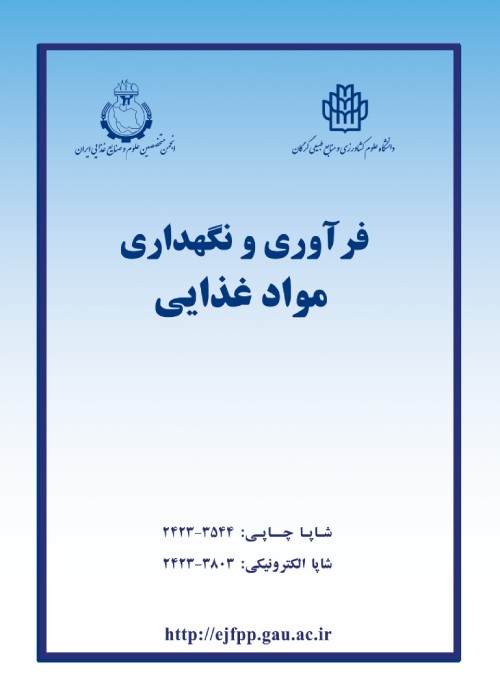Predicting the distribution pattern of parameters affecting the heat transfer coefficient of nanofluid in shell and tube heat exchangers using computational fluid dynamics
Among the types of heat exchangers, shell and tube heat exchangers are the most common heat exchange equipment. The energy efficiency of a heat exchanger can be increased by improving the heat transfer properties. Nanofluids are a Colloidal suspension of nanoparticles are in a base fluid.The nanoparticles used in nanofluids are usually made of metals, oxides, carbides, or carbon nanotubes. The heat transfer rate is affected by the thermophysical properties of the nanofluid, which increases with the increasing volume of nanoparticles in the base fluid. Nanofluid properties are affected by nanoparticle concentration, purity level, and variable structure. The main purpose of this paper is to provide an overview of the use of nanofluids in shell and tube heat exchangers to increase heat transfer coefficients and simulate the parameters affecting the flow and heat transfer to predict temperature distribution, velocity, and pressure drop in different parts of the heat exchanger.
In this study, Camsol multiphysicas simulation software version 6 was used to build a computational model of shell and tube heat exchanger to simulate temperature, velocity, and pressure drop changes in the heat exchanger. Hot nanofluid (353.15 ° K) enters the tube and water (298.15 ° K) enters the shell. The role of geometry parameters used on heat transfer rate has been investigated and presented. The temperature and total heat transfer characteristics of the pipe wall are calculated and designed for theoretical, experimental, and numerical methods using the K- ɛ heat transfer model.
By performing a computational fluid dynamics study, and calculating the desired values of each of the studied parameters, a good agreement was obtained between the computational fluid dynamics study and experimental results. The results of temperature, velocity, and pressure drop counters show that the addition of nanoparticles to the fluid can effectively increase the thermal conductivity of the fluid the temperature of the added nanoparticles are directly related to the thermal conductivity ratio. The velocity changes in the shell are very small and in most areas of the shell, the speed according to numerical calculations and according to the colored guide bar is about 0.05 meters per second, but at the points of collision of the current with the baffles and inlet and outlet values are different and between 0.15 to 0.2 meters. Is seconds. From the numerical results, it can be seen that the velocity values in the vicinity of the walls are very low, which is due to the strong friction gradient. Examining the temperature-related contours, it can be seen that the heat transfer is not uniform throughout the length of the exchanger and the decrease in temperature in the direction of flow is visible.
The use of alumina nanoparticles in the base fluid by 4% increased the average output temperature by 0.9 degrees in a passing cycle of the system, which increases more and more with the repetition of this cycle. According to the pressure drop contour, the pressure drop of nanofluids is much higher than the base fluid and the pressure drop increases with increasing the concentration of nanofluid.
- حق عضویت دریافتی صرف حمایت از نشریات عضو و نگهداری، تکمیل و توسعه مگیران میشود.
- پرداخت حق اشتراک و دانلود مقالات اجازه بازنشر آن در سایر رسانههای چاپی و دیجیتال را به کاربر نمیدهد.




